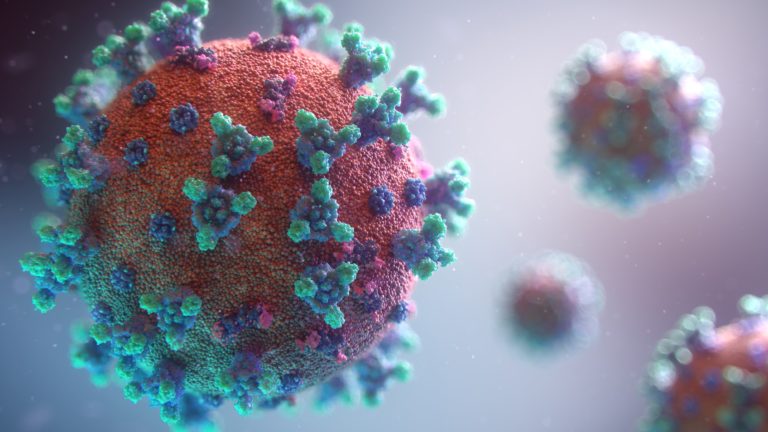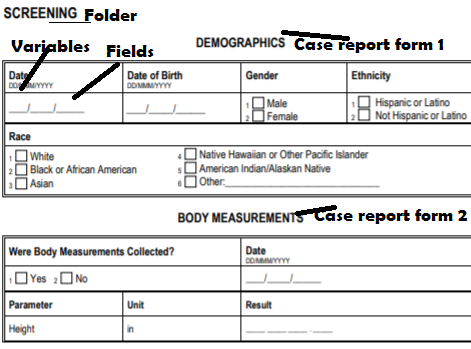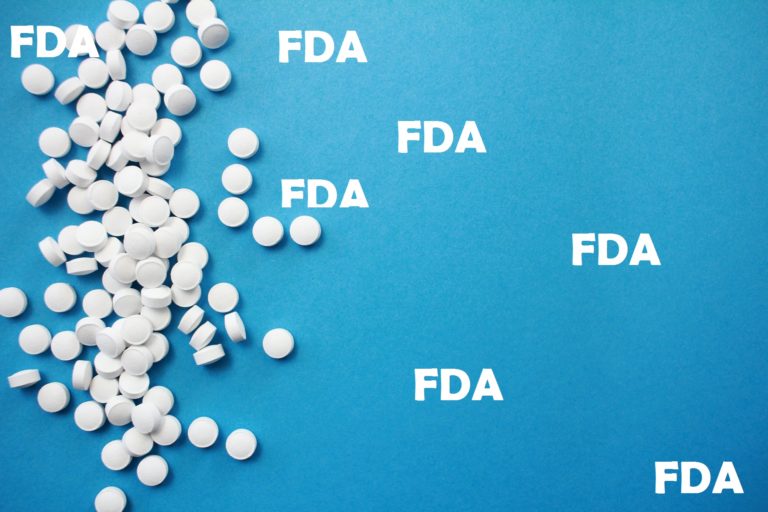July 7, 2020: “Novartis announced that the EC has approved Enerzair® Breezhaler® (QVM149; indacaterol acetate, glycopyrronium bromide and mometasone furoate [IND/GLY/MF]) as a maintenance treatment of asthma in adult patients not adequately controlled with a maintenance combination of a long‑acting beta2‑agonist (LABA) and a high-dose of an inhaled corticosteroid (ICS) who experienced one or more asthma exacerbations in the previous year.
Once-daily Enerzair Breezhaler is the first LABA/long-acting muscarinic antagonist (LAMA)/ICS fixed-dose combination available in the EU for these patients.
The approval also includes an optional digital companion with sensor and app that provides inhalation confirmation, medication reminders and access to objective data to better support therapeutic decisions.
The EC decision is applicable to all 27 European Union member states as well as the UK, Iceland, Norway and Liechtenstein.
Related News: Novartis receives CHMP positive opinion for Enerzair® Breezhaler® (QVM149), a potential first-in-class inhaled LABA/LAMA/ICS combination for uncontrolled asthma
“Novartis is working to reimagine medicine for people with uncontrolled asthma, who find it a challenge to achieve effective symptom and exacerbation control,” said Rod Wooten, Head of Global Marketing, Novartis Pharmaceuticals.
“The approval of Enerzair Breezhaler with sensor and app in the EU is an example of our commitment to utilizing data and digital offerings to make asthma control an achievable goal for patients and physicians.”
Enerzair Breezhaler is provided in a transparent capsule that allows patients to see that they have taken their medication and will be administered via the dose-confirming Breezhaler® device, which enables once-daily inhalation using a single inhaler.
The digital companion includes a sensor that attaches to the Breezhaler device and can be linked to the Propeller Health smartphone app, providing patients with inhalation confirmation, medication reminders and access to objective data that can be shared with their physician in order to help them make better therapeutic decisions.
“Today, over 45% of asthma patients at GINA Steps 4 and 5 remain uncontrolled, demonstrating the need for new treatments, delivery approaches and patient support to ensure that medication is taken correctly and treatment goals are reached,” said Professor David Price, Chair of Primary Care Respiratory Medicine, University of Aberdeen.
“Once-daily Enerzair Breezhaler plus a digital companion could help to facilitate greater collaborative disease management between physicians and patients in the EU whose asthma remains uncontrolled, despite LABA/ICS treatment.”
The EC approval is based on robust efficacy and safety data from over 3,000 asthma patients in the Phase III IRIDIUM study, in which once-daily Enerzair Breezhaler was superior to once-daily Atectura® Breezhaler® (QMF149; IND/MF) in improving the lung function of patients whose asthma is uncontrolled with LABA/ICS standard-of-care treatment.
In the IRIDIUM study, the key secondary endpoint was improvement in the Asthma Control Questionnaire score (ACQ-7) for Enerzair Breezhaler versus Atectura Breezhaler.
Both treatments delivered clinically meaningful improvements in this measure of symptoms from baseline at Week 26, but the key secondary endpoint was not met.
Among other secondary analyses, IRIDIUM explored asthma exacerbation rates, where statistically significant reductions were observed in moderate-to-severe and severe asthma exacerbation rates with Enerzair Breezhaler compared with an established LABA/ICS standard-of-care (twice-daily salmeterol xinafoate/fluticasone propionate [Sal/Flu]).
Safety findings were consistent with the known safety profiles of the monocomponents.
Once-daily Enerzair Breezhaler has been approved in Japan and Canada.
Once-daily Atectura Breezhaler has been approved in the EU as a maintenance treatment of asthma for adults and adolescents 12 years of age and older not adequately controlled with ICS and inhaled short-acting beta2-agonists (SABA) and in Canada and Japan.
Further regulatory reviews for Enerzair Breezhaler and Atectura Breezhaler are currently underway in multiple countries including Switzerland.
In keeping with the Novartis commitment to reduce the environmental impact of our asthma combinations, Enerzair Breezhaler and Atectura Breezhaler will both be available in the hydrofluoroalkane/chlorofluorocarbon (HFA/CFC)-free Breezhaler device.
Novartis aims to drive sustainability and has set ambitious targets to minimize its impact on climate, waste and water, including targets to become carbon neutral in company operations by 2025.
Uncontrolled Asthma
Asthma affects an estimated 358 million people worldwide and can cause a significant personal, health and financial burden when not adequately controlled.
Despite current therapy, over 40% of patients with asthma at Global Initiative for Asthma (GINA) Step 3, and over 45% at GINA Steps 4 and 5 remain uncontrolled.
Patients with uncontrolled asthma may downplay or underestimate the severity of their disease and are at a higher risk of exacerbation, hospitalization or death.
Barriers, such as less than optimal adherence, incorrect inhaler technique, treatment mismatch, safety issues with oral corticosteroids and ineligibility for biologics, have created an unmet medical need in asthma.
Enerzair Breezhaler (IND/GLY/MF) in the EU
The EC approved high-dose Enerzair Breezhaler (IND/GLY/MF) 150/50/160 μg once-daily as a maintenance treatment of asthma in adult patients not adequately controlled with a maintenance combination of a long‑acting beta2‑agonist (LABA) and a high-dose of an inhaled corticosteroid (ICS) who experienced one or more asthma exacerbations in the previous year.
This formulation combines the bronchodilation of indacaterol acetate (a LABA) and glycopyrronium bromide (a LAMA) with mometasone furoate (ICS) in a precise once-daily formulation, delivered via the dose-confirming Breezhaler device.
Glycopyrronium bromide certain use and formulation intellectual property were exclusively licensed to Novartis in April 2005 by Sosei Heptares and Vectura. Mometasone furoate is exclusively licensed to Novartis from a subsidiary of Merck & Co., Inc, Kenilworth, NJ, USA, for use in IND/GLY/MF (worldwide excluding the US).
Novartis developed the optional digital companion in collaboration with Propeller Health, which includes the Propeller Health app and sensor custom-built for the Breezhaler device.
The sensor is a CE marked Medical Device, designed and licensed to Novartis for use with the Breezhaler inhaler worldwide.
The sensor includes a microchip, a microphone, Bluetooth capabilities, an antenna and a battery. The sensor does not alter the drug delivery characteristics of the Breezhaler inhaler itself but produces a recording of each administered dose.
Based on the patient’s recorded medication usage, personalized content is presented within the app to help the patient better self-manage their asthma.
IRIDIUM study
IRIDIUM was a Phase III, multicenter, randomized, double-blind, parallel-group study, designed to compare the efficacy and safety of Enerzair Breezhaler (IND/GLY/MF) with Atectura Breezhaler (IND/MF) in patients with asthma.
The purpose of the trial was to evaluate the efficacy and safety of two different doses of Enerzair Breezhaler (high: 150/50/160 μg and medium:150/50/80 μg), versus two corresponding Atectura Breezhaler doses (high: 150/320 μg and medium: 150/160 μg) in patients with uncontrolled asthma, as determined by pulmonary function testing and effects on asthma control.
All patients were required to be symptomatic at screening and to have one or more exacerbations in the previous year, despite being on treatment with medium or high stable doses of LABA/ICS.
Approximately 3,092 male and female adult patients with asthma were randomized 1:1:1:1:1 (approximately 618 patients in each of the treatment groups) to receive either:
- Enerzair Breezhaler 150/50/80 μg (once-daily)
- Enerzair Breezhaler 150/50/160 μg (once-daily)
- Atectura Breezhaler 150/160 μg (once-daily)
- Atectura Breezhaler 150/320 μg (once-daily)
- Sal/Flu 50/500 μg (twice-daily)
The primary objective of this study was to demonstrate superiority of both high-dose Enerzair Breezhaler versus high-dose Atectura Breezhaler and medium-dose Enerzair Breezhaler versus medium-dose Atectura Breezhaler, all delivered once-daily, in improving trough FEV1 (volume of air that can be forced out in the first second of expiration approximately 24 hours post-administration of study drug) after 26 weeks of treatment in patients with asthma.
The key secondary objective was to demonstrate the superiority of both doses of Enerzair Breezhaler versus respective doses of Atectura Breezhaler, in improving Asthma Control Questionnaire (ACQ-7) score after 26 weeks of treatment in patients with asthma.
Other secondary analyses also included reduction of exacerbation rate, comparing high-dose Enerzair Breezhaler with high-dose Atectura Breezhaler and medium-dose Enerzair Breezhaler with medium-dose Atectura Breezhaler”.
Secondary analyses included efficacy comparisons for both doses of Enerzair Breezhaler compared with Sal/Flu (50/500 μg).”
https://www.novartis.com/news/media-releases/novartis-receives-ec-approval-enerzair-breezhaler-including-first-digital-companion-sensor-and-app-can-be-prescribed-alongside-treatment-uncontrolled-asthma-eu












